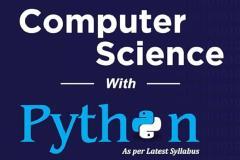My approach to teaching macroeconomics is focused on clarity, real-world application, and building a solid foundation. I begin by ensuring students understand key concepts like GDP, inflation, unemployment, and national income, using simple definitions and examples. We then explore important models, such as the Aggregate Demand and Supply (AD-AS) model, to understand economic fluctuations and equilibrium.
I cover key topics like fiscal policy (government spending and taxation) and monetary policy (central bank actions, interest rates, and money supply), explaining how these tools are used to manage the economy. Through real-world examples—such as analyzing economic policies, trade issues, and current events—I help students apply theoretical concepts to the global economy.
I emphasize critical thinking and problem-solving by using case studies, practice questions, and past exam papers, encouraging students to develop a deep understanding. Regular quizzes, assignments, and feedback ensure continuous progress. Complex concepts are simplified with visuals, step-by-step explanations, and interactive discussions to keep students engaged and motivated.
Ultimately, my goal is to make macroeconomics accessible, relevant, and interesting, while preparing students to excel in exams and develop a broader understanding of global economic issues.








